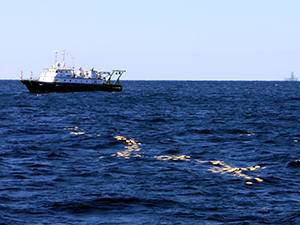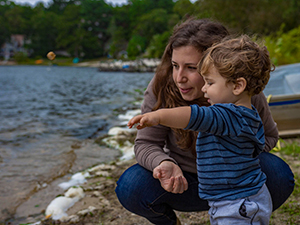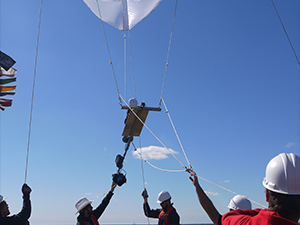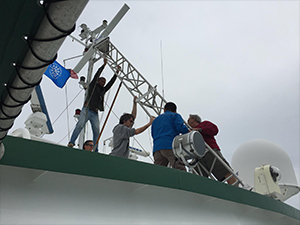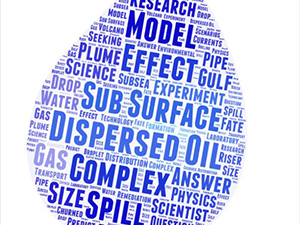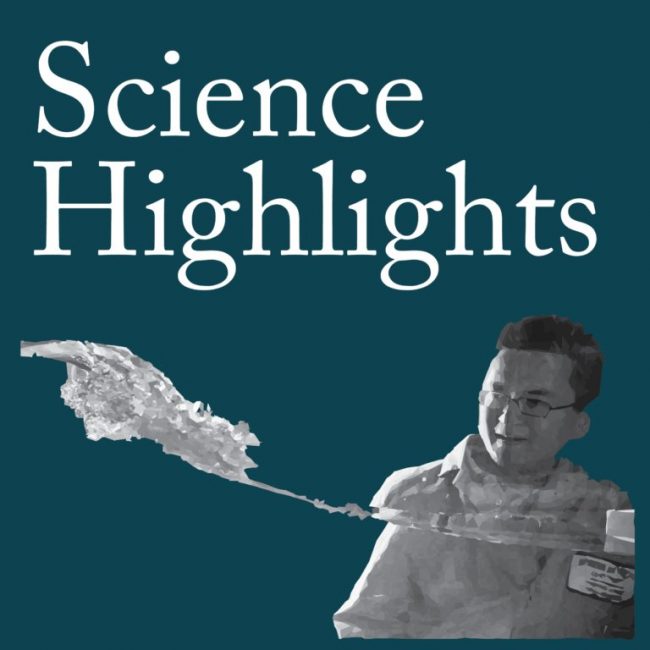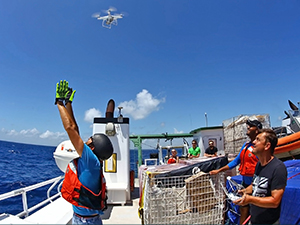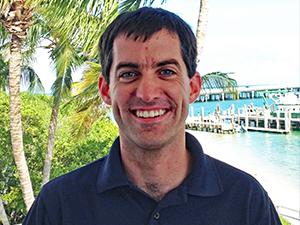Study Shows that Floating Bamboo Plates Capture Strength of Small-Scale Ocean Currents
Researchers optically tracked 600 biodegradable bamboo plates floating in the Gulf of Mexico for 2.5 hours to better understand how small-scale currents (scales of minutes and meters) affect surface dispersion.

